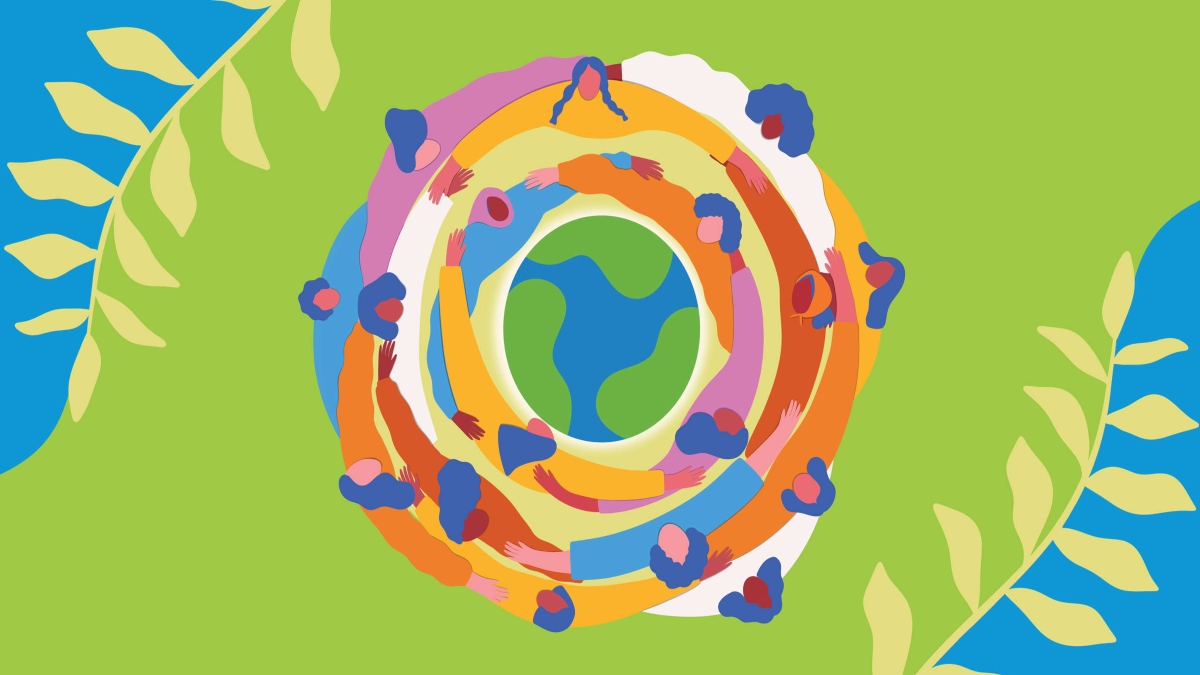
Women are the most beautiful creation of God and Art is the most important form of expression necessary to the very existence of human beings. Both women and art have played a pivotal role in the development of any country. Women assume varieties of roles in the family as a daughter, wife, manager, administrator and finally the most important the role of a mother. On the other hand, art has uplifted the status of women in society. Let us discuss the role of women associated with the arts in India.
WOMEN AS THE SOURCE OF ARTISTIC ACTIVITIES
The image of a muse pops up in our mind whenever we talk about artistic activities for women. At an early age, women were a source of inspiration for people associated with the arts. The statute of a dancing girl and Mother Goddesses excavated from the sites of Indus Valley Civilisation are the earliest evidence, showing that women were a source of inspiration for artists. Depiction of the female form is also seen in temple art. The Ranakpur Jain Temple located in Rajasthan also shows women’s art form about the Digambara tradition.
Apart from the temple, one of the finest examples of women being used as a source of inspiration for the artists are the Rajput art. Women were the subject of painting for many painters in the 17th century.
WOMEN AS DANCERS
India is known for its art culture all over the globe with classical dance one of its forms of it. Many female Indian classical dancers have won laurels in foreign as well. Every Indian state has its own unique dance form such as Kathakali from Kerala, Odissi from Odissa, Kuchipudi from Andhra Pradesh, etc. From the early ages, many of these Indian classical dances were performed by women only. Bharata Natyam was originally performed exclusively by female temple dancers, it was brought to the stage for public performance after 1930. It is said that Indian classical dance is a little more difficult than the other dance forms. Some of the best Indian dancers are Sonal Mansingh, Priya Venkataraman, Hema Malini, etc.
In the 1960’s Kanak Rele became the first woman to learn and perform Kathakali. Rele was merely seven years old when she started learning this dance form, which is traditionally performed by men.
WOMEN AS PAINTERS
In India domestic life is considered as the functional sphere for women. Yet, the Indian women have carved out a niche for themselves as ‘the painters’. A famous Madhubani art teacher, Rani Jha is with the view that women have used this art form to express themselves from the time when child marriage and child widows were socially acceptable. Women under the strict rule of widowhood expressed their desire of living a happy life by painting Radha wearing a colourful dress with stunning makeup. The paintings of Rani Jha consist of women highlighting the rampant culture of domestic violence faced by women in society, especially forced abortion.
WOMEN AS SINGERS
In the earlier days of India, singing was an art only meant for males. Women who tried their hands with singing were not treated respectfully in society. When late Lata Mangeskar was planning to get married to the late cricketer and former President of BCCI, Raj Singh Dungarpur, she was rejected from the Dungarpur family as she was a singer.
But today women with their talent have risen and have made their names internationally. M. S. Subbulakshmi, Zohrabai Agrewali, Gauhar Jaan, Surinder Kaur and Mumtaz Jaan were among the superstars from India who took the lead in singing career, disregarding several social barriers associated with the industry.
With this, it can be concluded that women have played a diverse role in society. In the realm of art, society has tried to hide the talent of women artists in India, but women have outshined in the industry. In the competitive world, technology is further adding wings to these talented women. We are confident that women can do much better in the art industry with myriad opportunities.
The Author is a social entrepreneur, founder and General Secretary of Routes2Roots